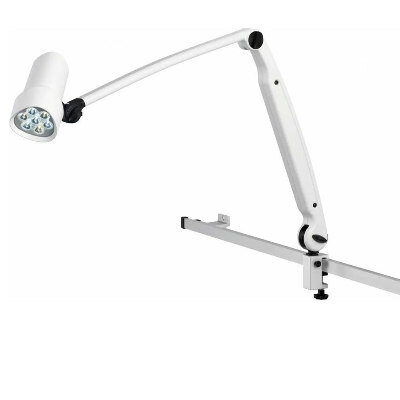Robotic and Open Prostate Surgery Show Similar Results
By HospiMedica International staff writers
Posted on 09 Aug 2016
A new study comparing robotic and open prostatectomy shows no difference in urinary or sexual function following surgery.Posted on 09 Aug 2016
Researchers at Griffith University (Gold Coast, Australia), Royal Brisbane and Women's Hospital (RBWH; Australia), and other institutions conducted a study involving 326 patients whom were randomly assigned by a computer to receive either robot-assisted laparoscopic prostatectomy or radical retropubic prostatectomy. One surgeon experienced in robotic prostatectomy performed all of the robotic-assisted procedures, and another surgeon with a history of 1,500 open prostatectomies performed all of the open procedures.

Image: The da Vinci Xi surgical system (Photo courtesy of Intuitive Surgical).
In all, 278 patients completed six weeks of follow-up, and 252 remained in follow-up for 12 weeks. The primary outcomes were urinary and sexual function assessed at 6 and 12 weeks, and again after 24 months of follow-up. The results showed no difference in urinary or sexual function; positive surgical margins and pain also did not differ between treatment groups. Robotic prostatectomy was associated with less blood loss, shorter operative duration, and a longer length of stay. The study was published on July 26, 2016, in The Lancet.
“In brief, both approaches have shown good early results, with minimally invasive benefits seen in the robot-assisted laparoscopic prostatectomy group,” concluded senior author Frank Gardiner, MD, of RBWH, and colleagues. “Urinary and sexual function are expected to continue to improve with time and, as such, significant differences in functional outcome between these surgical approaches might not become apparent until longer follow-up.”
“Trials that show equivalence for an innovation are sometimes interpreted as supporting a return to existing practice, including rediverting the training of a generation of surgeons who might have followed the innovation's evolution,” wrote Ara Darzi, MD, and Erik Mayer, MD, of Imperial College London (United Kingdom), in an accompanying editorial. "Equivalence and noninferiority should also be seen as positive, showing the innovation has preserved the intended and well established purpose of surgical intervention, such as good oncological outcomes balanced against acceptable functional side-effects.”
Radical prostatectomy uses a surgeon-controlled robot, mainly the Intuitive Surgical (Sunnyvale, CA, USA) da Vinci minimally invasive surgery system. Advantages include improved cosmetic result, less blood loss, briefer and less intense post-operative convalescence, and reduced hospitalization costs. It is also the basis of a nerve-sparing procedure called the Veil of Aphrodite, developed to minimize the erectile dysfunction common in men after undergoing traditional radical prostatectomy.
Related Links:
Griffith University
Royal Brisbane and Women's Hospital
Intuitive Surgical














